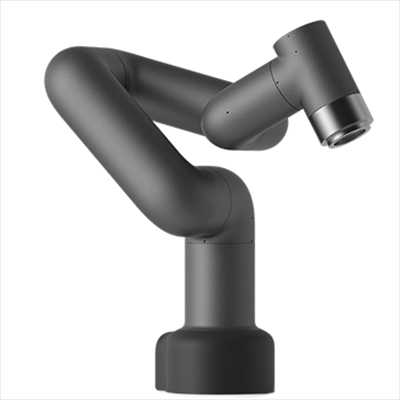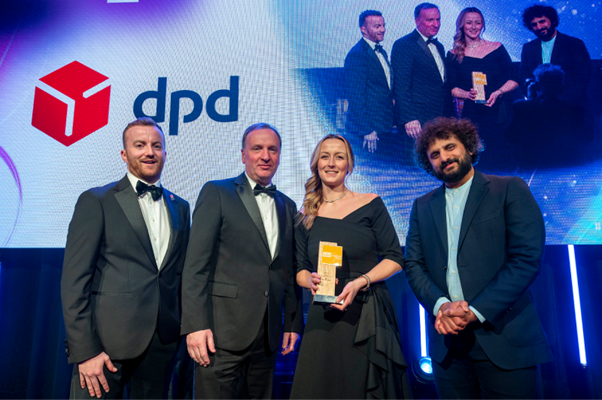A new collaborative robotic arm, targeted at smaller businesses and developed by Chinese firm Elephant Robotics is designed to support automation and delegation of repetitive tasks, but also supports more challenging applications. The product, Catbot, can be subject to voice control and is available as part of an open platform, so that developers can share ideas.
Human-Robot collaborations are happening across factories worldwide, yet very few are using it for smaller businesses, due to high costs or the difficulty of customisation. Elephant Robotics, a new player from Shenzhen, a region often described as the Silicon Valley of Asia, is looking to support smaller businesses, helping them gain access to smart robotics. The company says that Catbot is a collaborative robotic arm that will offer high efficiency and flexibility to various industries.
The Catbot could support education projects, photography, massaging, to being a personal barista or co-playing a table game. “The customizations are endless,” claims Elephant Robotics. The company says “to increase the flexibility of usage, the Catbot is extremely easy to program from a high precision task up to covering hefty ground projects.”
But what about safety? Elephant Robotics say that this is addressed through making the Catbot smarter when working side-by-side with a human, with what the company says is a unique feature — voice command. The virtual shop, the catStore, offers a pre-set of 20 basic skills along with the possibility of developing new skills, suitable for a certain business, and share them in the open platform with the other users.
Repetitive tasks are known to be a motivation killer, as well as decreasing productivity. Catbot will help small businesses automate those tasks and encourage humans to use the new found time to grow their businesses or come up with new ideas.
Why we need cobots (collaboration-robots) in our lives
Elephant Robotics’ Catbot is a new player on the edge of a new generation of human-tech collaboration. It starts with automation and delegation of repetitive tasks, but then it grows progressively into challenging the way they do their businesses, because with one single robotic arm, they can “extend beyond any barrier they had until then, while also saving costs and increasing the workload.”
Song, the founder of Elephant Robotics, who studied in Australia, before going back to his home country, says that he “wanted to create a smaller in size robot that will be safe to operate and easy to program for any business owner with just a few key strokes commands”. He says that he is committed to making human – robots collaborations accessible to any small business, taking away the limitations of high price or highly skilled programming that was required before.
The future of robotics: A convergence of the physical and digital
Anyone who has operated a robot knows that is extremely hard to make it move or control its coordination, let alone doing anything that requires precision, while also ensuring safety. That’s why even Facebook has moved into robotics, with their new robot framework, PyRobot, and wants to simplify the process. Alas, advancement in robotics is extremely slow.
That’s why the Catbot is an open platform so more developers can share the skills they’ve developed along with letting others use it or build on top of that.










